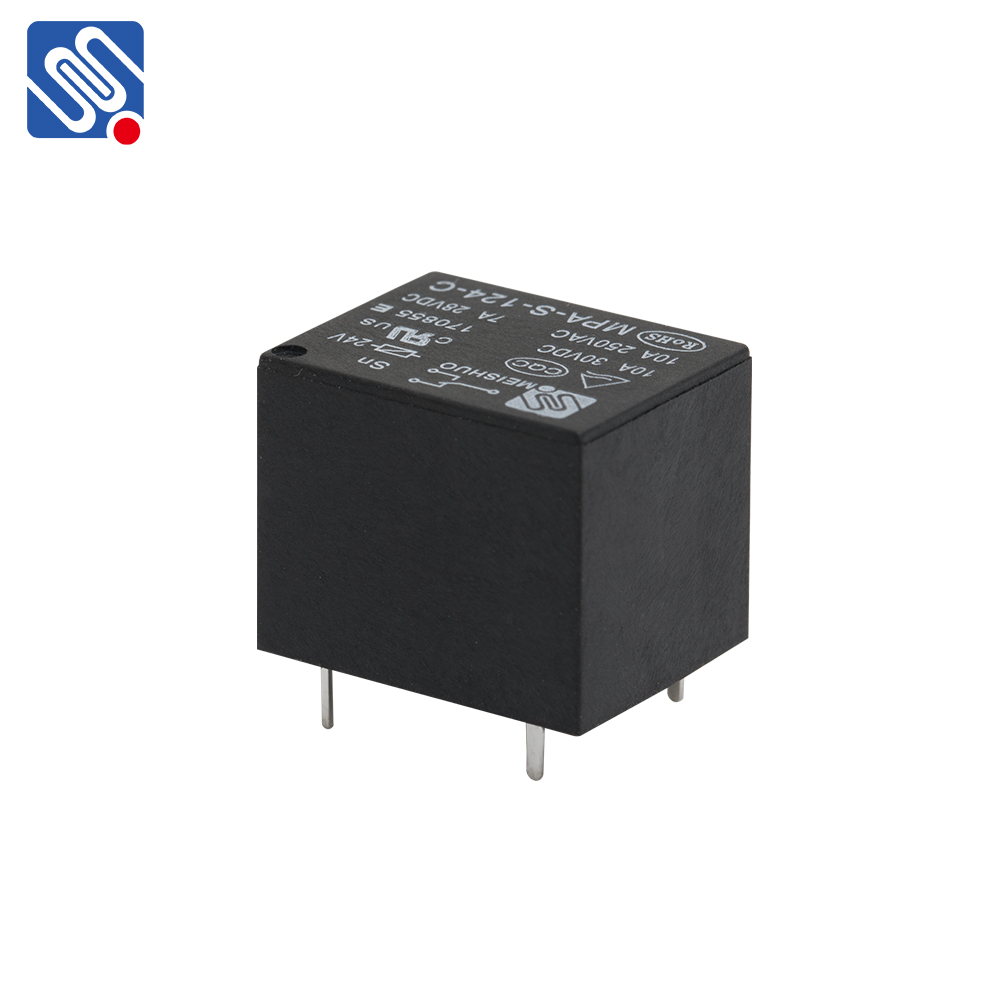understanding relay drive: a key element in automation and control systems
Release time:2025-09-19 16:19:30
Relay drive systems have become essential components in automation and control applications, offering both versatility and reliability in managing electrical circuits. In simple terms, a relay drive refers to the use of a relay to control the switching of electrical circuits, often with the help of a smaller control signal. The relay itself acts as an electrically operated switch, allowing the system to control high-current devices or isolate circuits without direct manual intervention. This article explores the fundamentals of relay drive, its components, and its critical role in modern automation.

What is a Relay Drive?
A relay drive is essentially a control mechanism that utilizes a relay to manage the switching of an electrical circuit. A relay, in this context, is an electromagnetically operated switch. It works by activating a magnetic field when an electric current flows through it, which, in turn, closes or opens the circuit's contacts. Relay drives use low-power control signals to operate high-power loads, providing a way to control large or complex electrical systems remotely or automatically without direct human action.
Components of a Relay Drive System
A typical relay drive system consists of several key components:

